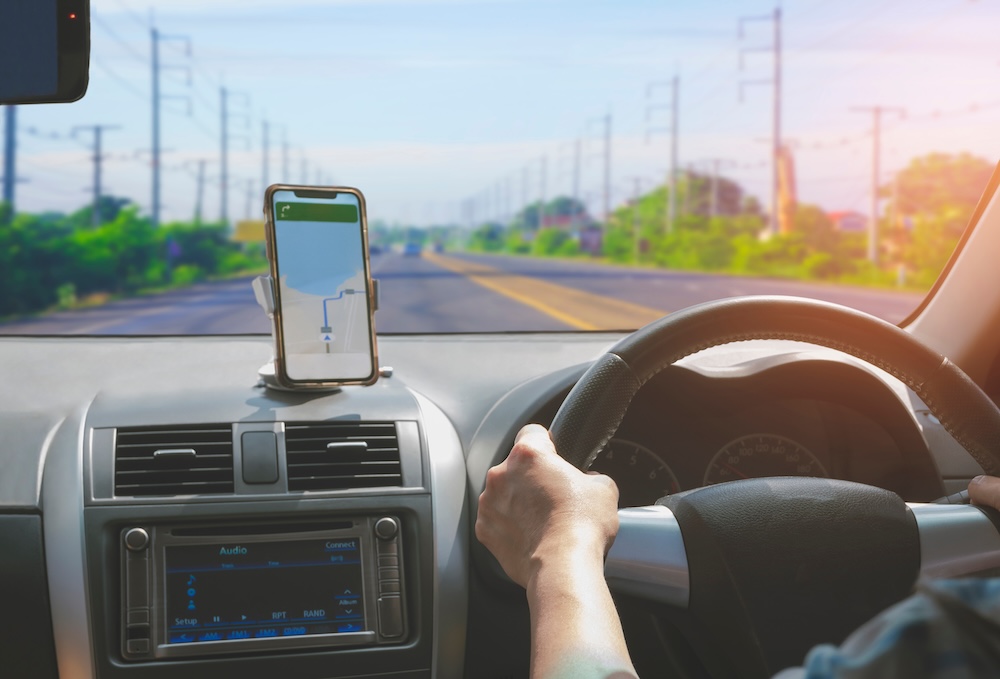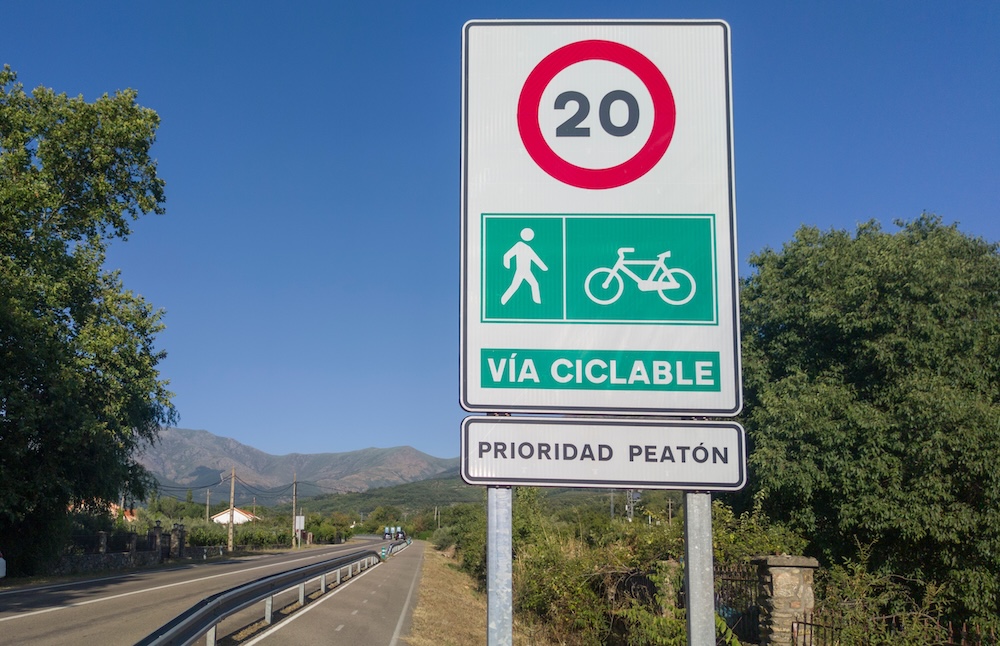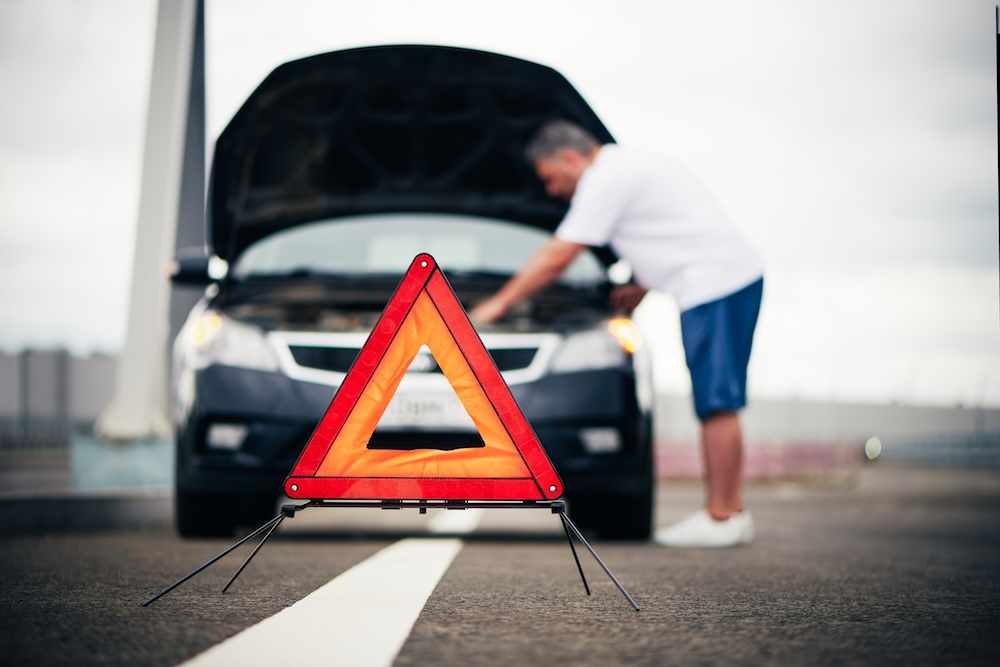Driving in a foreign country can be both exhilarating and daunting. From understanding local traffic laws to navigating unfamiliar roads, preparation is key to ensuring a safe and enjoyable journey. This guide offers essential tips and strategies to help you drive confidently abroad.
 Driving in a foreign country presents a unique set of challenges and opportunities. While the open road can offer breathtaking views and a sense of freedom, it also requires careful preparation and awareness of local driving customs and regulations. Whether planning a road trip through Europe or navigating the bustling streets of Asia, understanding how to drive safely abroad is crucial.
Driving in a foreign country presents a unique set of challenges and opportunities. While the open road can offer breathtaking views and a sense of freedom, it also requires careful preparation and awareness of local driving customs and regulations. Whether planning a road trip through Europe or navigating the bustling streets of Asia, understanding how to drive safely abroad is crucial.
Assess your driving skills and comfort levels
Before embarking on a driving adventure abroad, it’s essential to assess your driving skills and comfort level. Driving in unfamiliar territory can be stressful, especially if you’re not accustomed to the local driving conditions.
Consider whether you have the experience and confidence to handle different road types, traffic patterns, and driving behaviours. If you’re unsure, it might be worth opting for public transportation or hiring a local driver instead.
Obtain the necessary documentation
One of the first steps in preparing to drive in a foreign country is ensuring you have the correct documentation. This typically includes an International Driving Permit (IDP) in addition to your regular driver’s license. The International Driving Permit serves as an official translation of your Singapore driving license and is required in many countries, especially where English is not the primary language.
If you’re going overseas and plan to drive, having an International Driving Permit (IDP) can greatly minimise inconvenience, especially in countries where English is not commonly spoken. The IDP contains driving terms in multiple languages, making it easier to communicate with car rental companies and local authorities. Importantly, the IDP is the only official legal document for this purpose, sanctioned by the United Nations Convention on Road Traffic. Before you travel, always check whether your destination country has specific requirements or restrictions for foreign drivers to ensure a smooth driving experience.
You can conveniently apply for an IDP through the Automobile Association of Singapore (AA Singapore), the official issuing authority. Applications can be made online or in person at AA Singapore outlets.

Familiarise yourself with local traffic laws and customs
Traffic laws and driving customs can vary significantly from one country to another. For example, in many European countries, driving is done on the right side of the road, which is the opposite of what you might be used to in Singapore.
It’s crucial to research and understand the local traffic laws, including speed limits, right-of-way rules, and any unique road signs. This will help you avoid accidents and legal issues while driving abroad.
Plan your route
Planning your route ahead of time can make a big difference in your driving experience. Use online maps or GPS devices to familiarise yourself with the roads and identify potential challenges, such as toll roads or difficult intersections.
If you’re travelling to remote areas, consider downloading offline maps to ensure you don’t get lost in areas with poor internet connectivity.
Get to know your rental car
If you’re renting a car, take the time to familiarise yourself with the vehicle before hitting the road. Adjust the mirrors, seats, and steering wheel to ensure a comfortable driving position. Test the brakes, lights, and other essential features to ensure everything is in working order.
It’s also a good idea to practice driving in a less crowded area, such as a parking lot, to get a feel for the car.

Be prepared for different road conditions
Road conditions can vary widely depending on the country you’re driving in. In some places, you may encounter poorly maintained roads, potholes, poorly lit streets, or even livestock crossing the road. Be prepared to adjust your driving style to accommodate these conditions and always exercise extra caution, especially when driving at night or in unfamiliar areas.
Additionally, always research the local weather conditions ahead of your trip-check news updates and weather forecasts regularly, especially before setting out each day. Rain, snow, or fog can significantly impact driving safety, so it’s important to ensure that your vehicle’s tires and equipment are suitable for the expected conditions. Proper preparation will help you drive more safely and confidently, no matter what the weather brings.
Understand the local driving culture
Driving culture can differ greatly from one country to another. In some places, aggressive driving and frequent use of the horn are common, while in others, drivers may be more courteous and patient. Understanding the local driving culture can help you anticipate the behaviour of other drivers, avoid potential conflicts, and interact more smoothly with other road users.
For example, in New Zealand, it’s common for drivers to give a quick beep of the horn or flash their headlights as a friendly way to say thank you when someone lets them pass or merges into traffic. This gesture is meant as a sign of appreciation, so you don’t need to be alarmed if you encounter it while driving there.
Stay alert and focused
Driving in a foreign country requires heightened awareness and focus. Pay attention to road signs, traffic signals, and the behaviour of other drivers. Avoid distractions such as using your mobile phone while driving, as this is illegal in many countries and can lead to accidents. If you’re feeling tired or overwhelmed, take a break and rest before continuing your journey.

Know what to do in an emergency
It’s important to be prepared for emergencies while driving abroad. Familiarise yourself with the local emergency numbers for police, ambulance, and roadside assistance. Keep a list of these numbers in your car, along with any other important contacts, such as your car rental company or insurance provider.
Additionally, make sure you have a basic understanding of the local language or carry a translation app to help you communicate in case of an emergency.
Be mindful of parking and security
Parking in a foreign country can be challenging, especially in crowded cities. Always park in a safe, well-lit area and avoid leaving valuables in your car. In some countries, it’s common to pay locals to watch your car while you’re away. This can provide an added layer of security and peace of mind.
Freedom to explore at your own pace
Driving in a foreign country can be a truly rewarding experience, offering you the freedom to explore at your own pace and discover hidden gems that might otherwise be missed. However, this freedom comes with the responsibility of careful preparation and an understanding of local driving conditions and customs. By following the tips outlined in this guide, you can ensure a safe and enjoyable driving experience abroad. Remember, the key to successful driving overseas is preparation, patience, and a willingness to adapt to new challenges.
To help you prepare even further, don’t miss out on our upcoming Overseas Safe Driving Forum (OSDF) 2025. This event will feature experts from popular driving destinations sharing valuable insights and practical advice on driving safely in their respective regions, including educational resources to help keep you safe when driving overseas. Look out for more details about OSDF 2025 at https://aas.com.sg/sg60, and take advantage of this opportunity to learn from experienced drivers and experts before your next overseas adventure. Safe travels!



